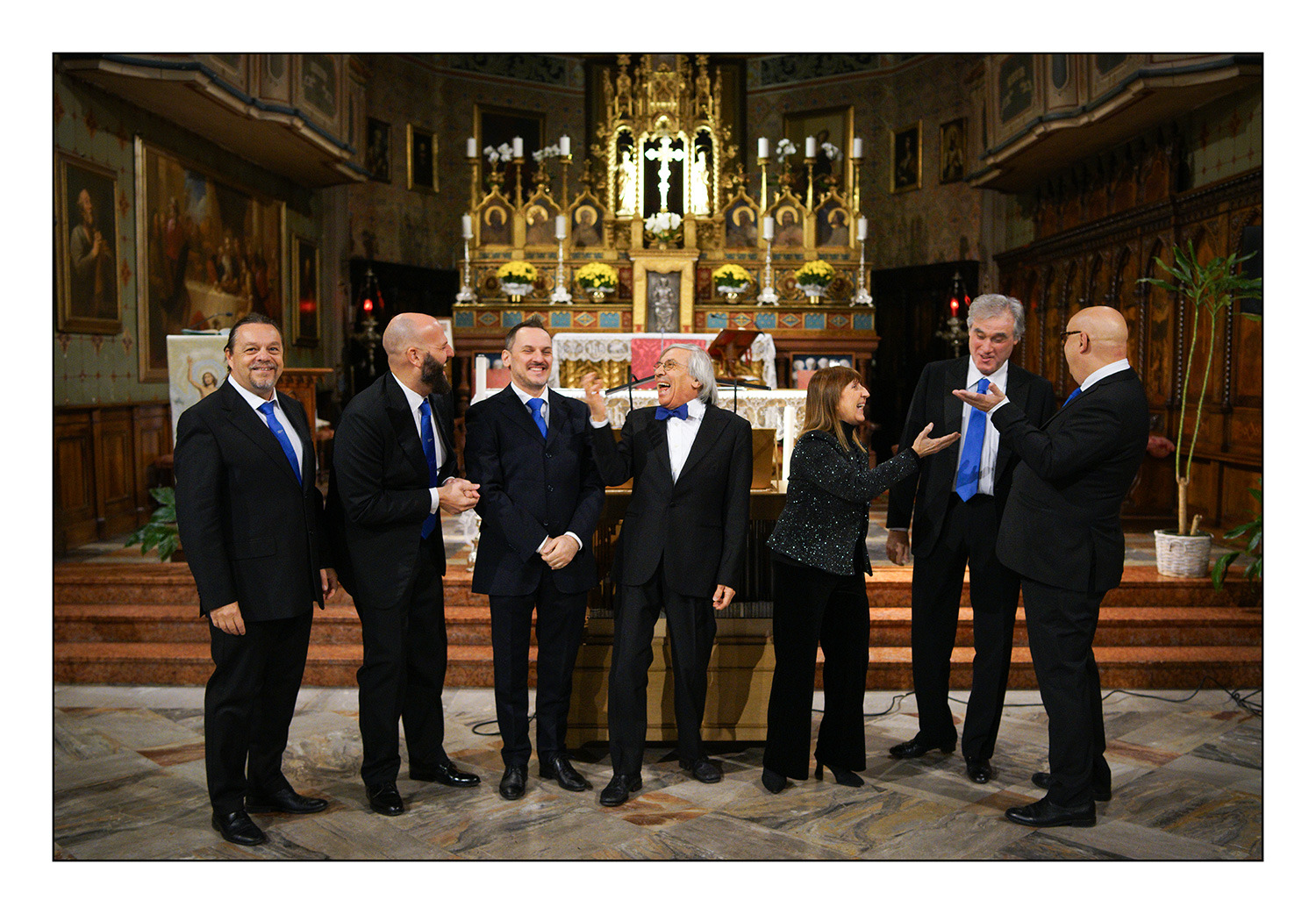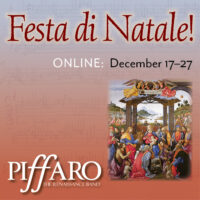
In his intense and varied compositional activity, in addition to masses, motets, arias and canzonettas, instrumental sonatas and dramas for music, GIOVANNI LEGRENZI (1626-1690) also had the opportunity to write a dozen oratorios, of which only three have survived intact.
It is worth mentioning here that, in the first half of the 17th century, the vicissitudes of the musical oratorio were intertwined with those of the contemporary drama for music. From melodrama, the oratorio takes up the formal attitudes and musical content, but not the scenic apparatus, since it had, at least in its initial phase, to perform a purely devotional function and ‘propaganda fidei’.
On the evening of 30 August 20225, in the Basilica of the Beata Vergine del Paradiso in Clusone, the ‘Nova Ars Cantandi’ ensemble, conducted by Giovanni Acciai (www.giovanniacciai.it), with Ivana Valotti, at the organ, and with the extraordinary participation of Sandro Cappelletto, will present the first contemporary performance of the oratorio for four voices, by Giovanni Legrenzi, La vendita del cuore umano (The sale of the human heart), on a poem by Pier Matteo Petrucci (1636-1701).
First performed in Ferrara in 1676, at the Accademia della Morte, this oratorio immediately enjoyed great success, consolidating Legrenzi’s reputation as one of the greatest composers of his time. It was repeated in Vienna, in the chapel of Emperor Leopold I, in 1692, and four years later, in Venice, in the Philippine Oratory of Santa Maria della Consolazione detta della Fava, where Legrenzi was to be buried after his death on 27 May 1690.
The oratorio La vendita del cuore umano is divided into two parts, animated by four characters: the Heart, the Guardian Angel, Pleasure, and the World, in the first part; and by as many in the second: the Heart, the Guardian Angel, Christ and the Devil.
The first part tells of the human heart that succumbs to the flattery and pleasures of earthly life and declares that it is willing to sell itself to the highest bidder, urged in vain by the guardian angel to desist from this insane intention. In the second part, disappointed and repentant for having transgressed the divine commandments, the human heart desires to abandon the sinful life it has undertaken; it invokes Christ’s clemency and obtains salvific forgiveness.
In order to make the spiritual tone of Petrucci’s poem even more pregnant, it was decided to accompany it with an intense dramaturgical reflection by Sandro Cappelletto, as St. Philip Neri used to do in the Roman Church of Santa Maria in Vallicella during his spiritual exercises.
Legrenzi intones the verses of the Petruccian libretto with airy, flowing and casual melodies, precisely following the agile flow of the verses but also careful to keep their dramaturgical temperature and affective communication high at all times.
A music that seduces by its spontaneity, its freshness, its creative exuberance. A music that not only makes Legrenzi’s work worthy of being rediscovered and re-proposed in our times, but even more worthy of being preserved as a cultural heritage, as a distinctive sign of that style of musical Baroque from Bergamo, so much admired and imitated, not only in Italy but in every other part of Europe, during the 17th and 18th centuries.

